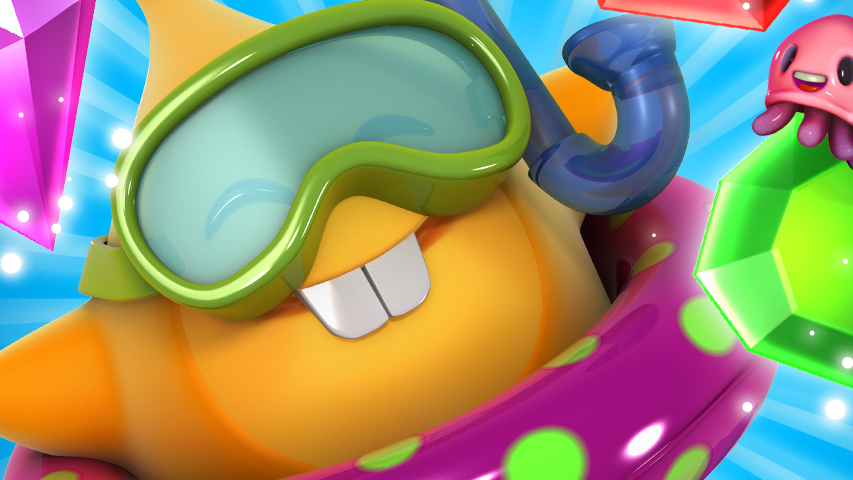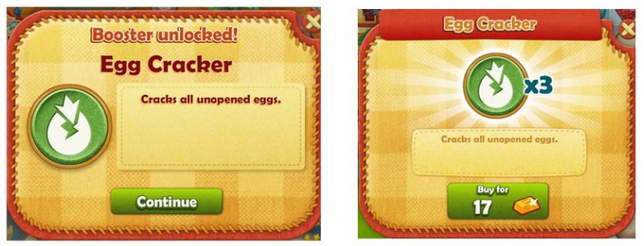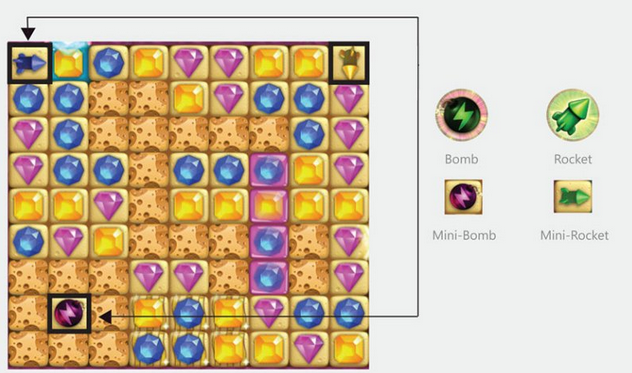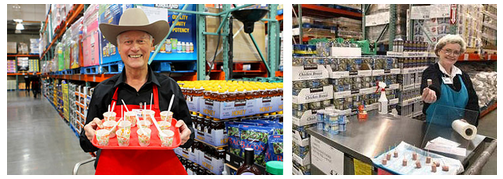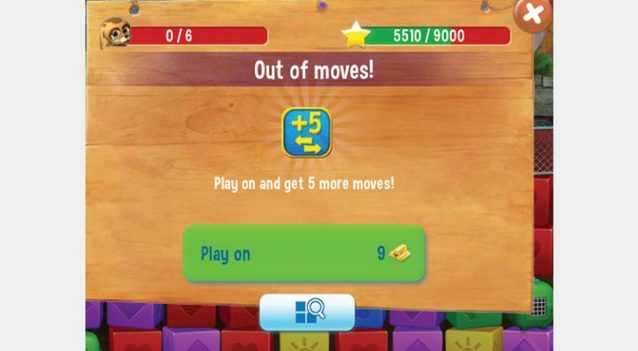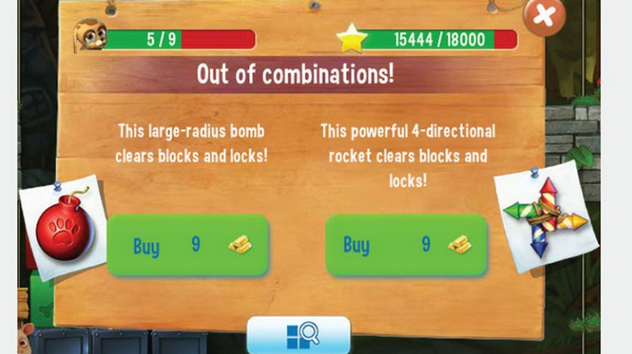Three-in-a-row monetization: a new trend for selling boosters in King games
Gameloft UX designer Om Tandon in his blog on Linkedin talked about how King stimulates booster sales. With the permission of the Oma, we publish a Russian translation of the article.
For me, as a UX designer, games, as well as their analysis and deconstruction, are an important part of life. And, of course, I am interested in new development trends and how modern free-to-play applies marketing and psychology to increase retention, engagement and monetization of games.
How are boosters usually sold?
In the case of the sale of boosters or other consumables, most modern games use the good old principle:
“The first dose is free ” [free translation of try before you buy, – approx. editors], which boils down to providing free samples (one or a couple of bonuses).
In most modern games, boosters and consumables are opened, as a rule, gradually. The player is given a free sample (hereinafter referred to as a sample) in order for him to taste the effect of the consumables and the opportunity to purchase it in the store.
“The first dose is free”, providing a free portion of consumables, is standard practice. The question is, can it be improved?
In Diamond Digger Saga, King goes much further.
Does this sound familiar to you? How does this practice differ from the usual one?
You are first given a booster to try out, and then only a sample sample.
If players don’t buy boosters when they run out of free samples (after the tutorial), they need to be reminded of the boosters’ capabilities, rekindling their appetite.
Diamond Digger Saga has levels with stripped-down versions of the original booster probes, which are built into the level and, accordingly, are free for users. Such levels just remind players how great it is to use consumables. Attention: we are not talking about powerups that can be obtained by combining crystals, namely mini boosters.
Diamond Digger Saga’s strategy for creating probes
Boost: rocket / bomb – purchased (2-3 samples are given for free in the tutorial). Deals damage in two straight lines.
Boost Probe: Rocket /bomb – built into some levels, its activation is free, deals damage within one straight line.
In a nutshell, Diamond Digger integrates truncated versions of boosts (probes) into special levels in a working order. And then gives free samples.
What’s happening? Let’s give a more illustrative example.
Probe: It is common for ordinary restaurants to offer a small portion of food for free to whet the appetite of users, thereby initiating a purchase.
Restaurants and shops all over the world tempt you with a miniature portion of a particular dish or product.
Diamond Digger, after the tutorial runs out of free samples (boosters that the user consumes quickly), wants to remind players what these boosters are capable of by rolling out levels with truncated versions of these boosters – their probes.
Pet Rescue Saga
Pet Rescue at the beginning follows in the same footsteps as the other three-in-a-row games, where you gradually open boosters, get samples and as soon as you run out of them, you go and buy them.
There are a lot of boosters in Pet Rescue, but there are several that usually appear in most levels, like bombs (you can’t buy them) and rockets.
At the first levels, in case of defeat, you will see a typical picture of “Out of moves”, in which you will be offered to purchase an additional five moves.
But with progress, this picture changes.
The defeat screen begins to offer the purchase of boosters that cannot be purchased before the level.
You may ask, what is the difference? They simply changed the offer “buy five moves” on the defeat screen to a set of random boosters.
Do you really think these are random boosters?
Let’s look at the situation a little more closely: the new offers are more powerful versions of existing boosters (which the player receives for free).
What’s happening? Let’s depict the situation a little more clearly.
This is the same approach as in the case of Diamond Digger, but instead of reducing the power of the booster, the developers have increased it. This is called booster scaling.
Within the framework of Diamond Digger and Pet Rescue, King scaled the perceived value of boosters, including basic booster samples in the game path, creating special game levels that demonstrated the power and capabilities of boosters (while reducing or increasing their capabilities), thereby initiating purchases. The study also suggests that the pre-integration of boosters into levels makes their use more routine.
Ask yourself…
Instead of reducing/inflating the power of existing boosters, King could simply use new boosters – a stick of dynamite instead of a mini-bomb or a barrel of TNT instead of a mega-bomb, but this would break the launch (for purchase) association.
Conclusion
The reason why the described approach is unique is that it is different from just giving free consumables from time to time, as most games do, using the “first dose for free” approach.
King deliberately tweaks the design of the levels so that they include probes and that the latter meet on the player’s path with a frequency much greater than free samples.
Unlike the samples, these probes have a very strong and noticeable scalable effect regarding power and design, which resonates with the real promotion model used in restaurants.
Is this model effective? It’s hard to comment without having the data on hand, but it’s exactly different from what most developers do. And King, apparently, continues to use it.
My question is, is it possible to use such a technique not in games of the three-in-a-row genre?
I would say: of course, yes, but what do you think?
Editorial Office App2Top.ru thanks the Russian office of Gameloft for helping with the organization of the material.
